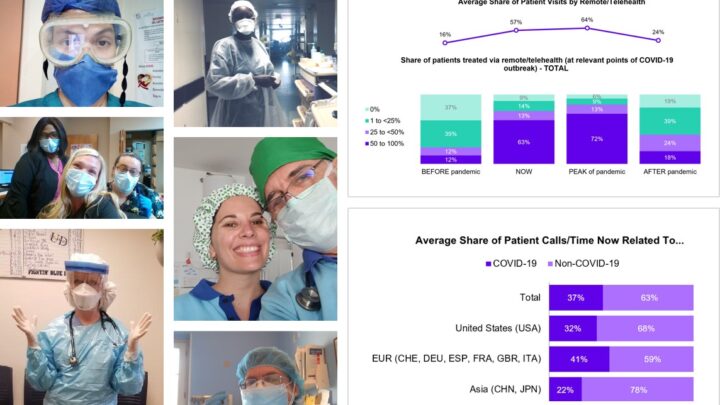
Learn how to optimize your practice scheduling with technology to improve your practice’s bottom line.
Sermo recently worked with Software Advice to survey doctors about wait times at their practices, and analyze the results in conjunction with a separately fielded survey among patients on the same topic. When the two sets of results are compared, one quickly realizes that driving wait times down increases the ability of a practice to retain, attract and satisfy patients.
As the article makes clear, practice scheduling is a balancing act that is difficult to achieve, in part because of patient scheduling issues like arriving late, not arriving at all, or booking too little time to speak with the doctor. Sixty-four percent of Sermo physicians polled reported that patient arrival times (e.g., patients arriving later than their scheduled appointment time) are usually the biggest reason they run behind schedule. While physicians cannot control late arrivals, practices stand to financially benefit by planning for and around these trends – for example, just four missed appointments per day loses a practice an estimated $144,000 per year.
How can doctors assess what their scheduling practices currently look like, and if there is room to improve? Among other ideas, the article suggests that practices consider:
• Investing in tracking technology (like this one or this one), which can automate timers and generate reports.
• Surveying patients – we learned all this new information about wait times through polling physicians and patients. Try asking patients about their experience and what could be improved.
How can you accommodate for the portion of appointments that will face scheduling issues for reasons unrelated to emergencies? Software Advice recommends that practices try to:
• Try software that sends automatic reminders via text message, email and/or phone call leading up to the appointment time – check out hundreds of systems within your budget here. (We know from regular discussions and some recent polls on Sermo that technology can often be a bigger problem than help. If that sounds familiar, Software Advice offers a guide to help overcome common EMR challenges, which you can find here).
• Create, communicate and enforce a late arrivals policy and stick to it!
• Request that patients pre-fill paperwork ahead of their visit – this will help you identify patients who may need more time with you than they originally booked (a guide on patient pre-registration processes can be found here.)
• Staff up – even with part-time employees – to monitor wait times and streamline your practice scheduling. The patient survey included in the original article shows that patients really care about wait times, so it may be worth investing in good staff to keep things on track.
Are you a doctor? Log into Sermo to discuss practice scheduling and more with other doctors, and vote on polls to bring physician perspectives to important health care conversations!














